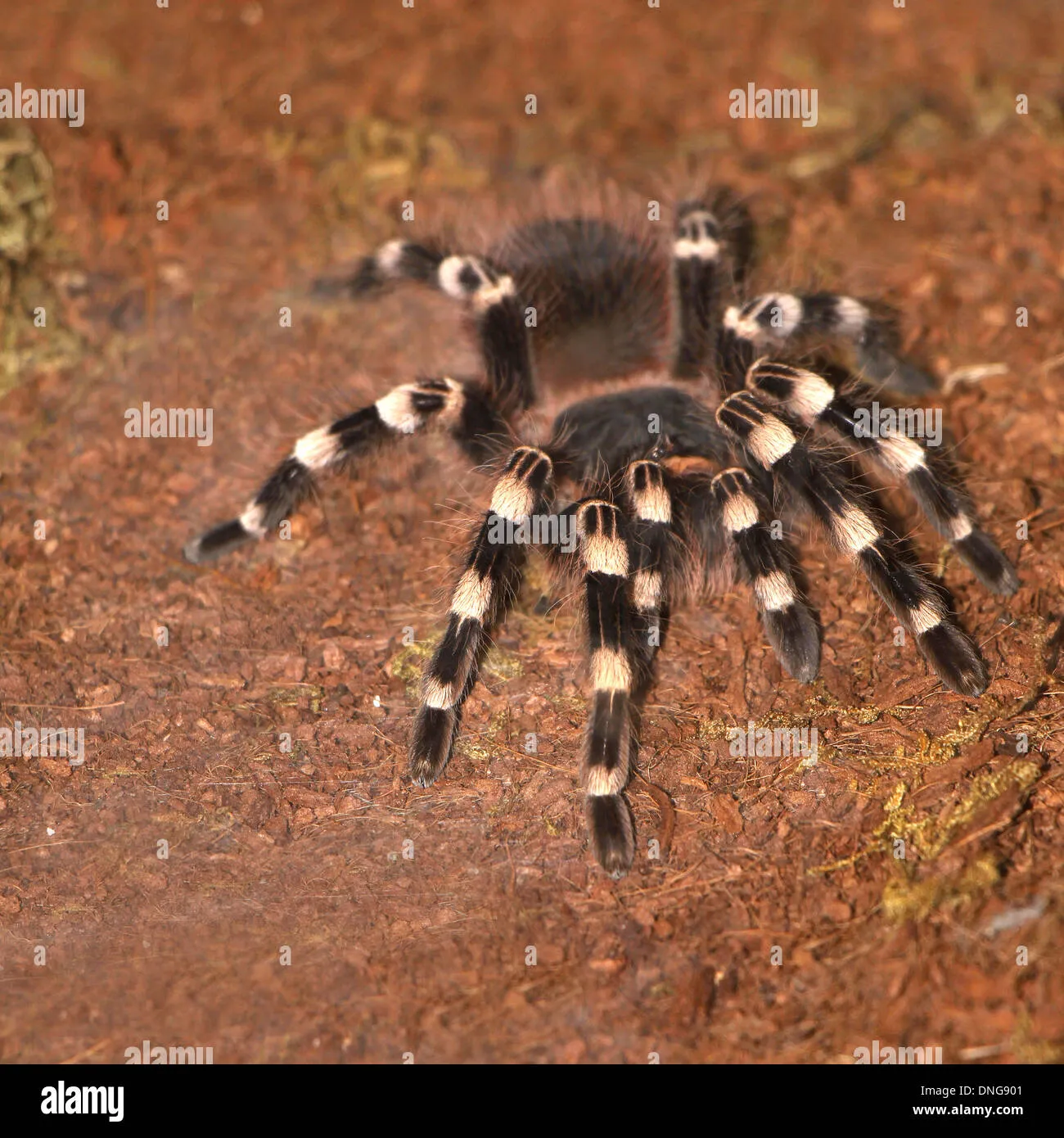Geniculata Tarantula Characteristics
The geniculata tarantula, also known as the Brazilian white knee tarantula, is a popular choice for tarantula enthusiasts due to its striking appearance and relatively docile nature. These spiders are known for their bold black and white striped legs, which give them their distinctive name. They are relatively easy to care for, making them suitable for beginner and intermediate tarantula keepers. Their adaptability and striking visual appeal contribute to their popularity in the pet trade. Understanding their basic characteristics is the first step in providing proper care and ensuring their well-being. They are generally hardy and can tolerate a range of conditions if their basic needs are met.
Appearance and Size
Geniculata tarantulas are medium to large tarantulas, with females typically reaching a leg span of up to 8 inches (20 cm) and males slightly smaller. The most recognizable feature is their striking pattern of black and white bands on their legs. Their carapace (the top part of their body) is a dark brown color, often with a slightly lighter abdomen covered in urticating hairs. These hairs are a defense mechanism, and the spider can flick them off its abdomen if threatened. The overall appearance is quite striking, and the contrast in colors makes them visually appealing pets. The size and appearance of the tarantula can vary slightly depending on its age, sex, and individual genetics.
Temperament and Behavior
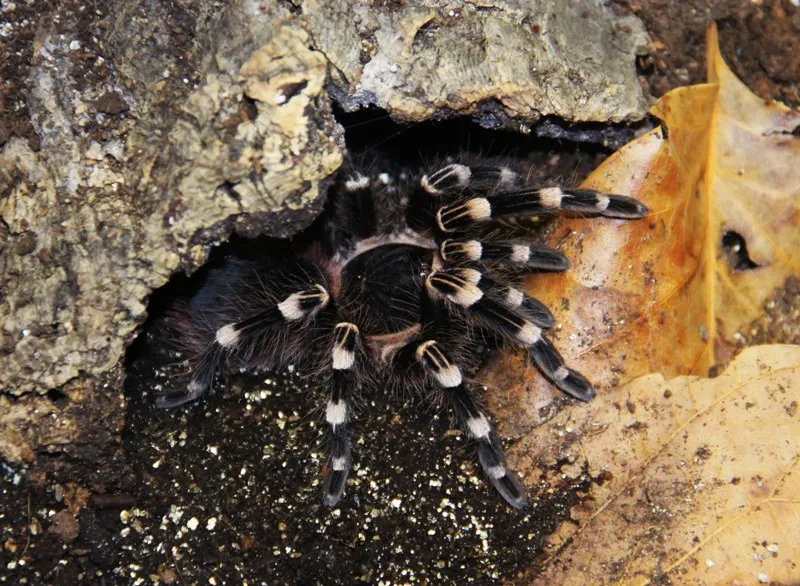
Geniculata tarantulas are generally considered to be docile and less prone to biting compared to some other tarantula species. However, like all tarantulas, they can bite if they feel threatened or provoked. They are more likely to run and hide or flick urticating hairs as a first line of defense. They are often more active and visible than some other tarantula species, which makes them interesting to observe. Their behavior can be quite fascinating, and they are known to be relatively hardy and adaptable to their environment. Individual personalities can vary, so it’s important to observe and understand your specific tarantula’s behavior. Proper handling and a stress-free environment will contribute to their docile nature.
Habitat and Environment
Creating a suitable habitat is crucial for the health and well-being of your geniculata tarantula. They are terrestrial spiders and need a setup that mimics their natural environment. Proper enclosure design, substrate choice, and appropriate temperature and humidity levels are key factors in providing a comfortable and healthy living space for your tarantula. Providing the right environment helps the tarantula thrive and exhibit its natural behaviors. A well-maintained habitat also reduces stress and minimizes the risk of health problems. The enclosure should be large enough to allow the tarantula to move around and explore. Regularly cleaning the enclosure is essential for maintaining hygiene and preventing the buildup of harmful bacteria.
Enclosure Requirements
A secure and well-ventilated enclosure is necessary. A glass or acrylic terrarium is ideal. The enclosure should be large enough to allow the tarantula to move around comfortably. A good rule of thumb is to provide an enclosure that is at least twice the tarantula’s leg span in width and length. Ensure the enclosure has a secure lid to prevent escape. The lid should have ventilation holes to allow for airflow. Avoid enclosures with large gaps or openings that the spider could squeeze through. The size of the enclosure should be appropriate for the spider’s size. As the tarantula grows, you will need to upgrade the enclosure to accommodate its increasing size. A properly sized enclosure is essential for the tarantula’s safety and well-being.
Substrate and Decor
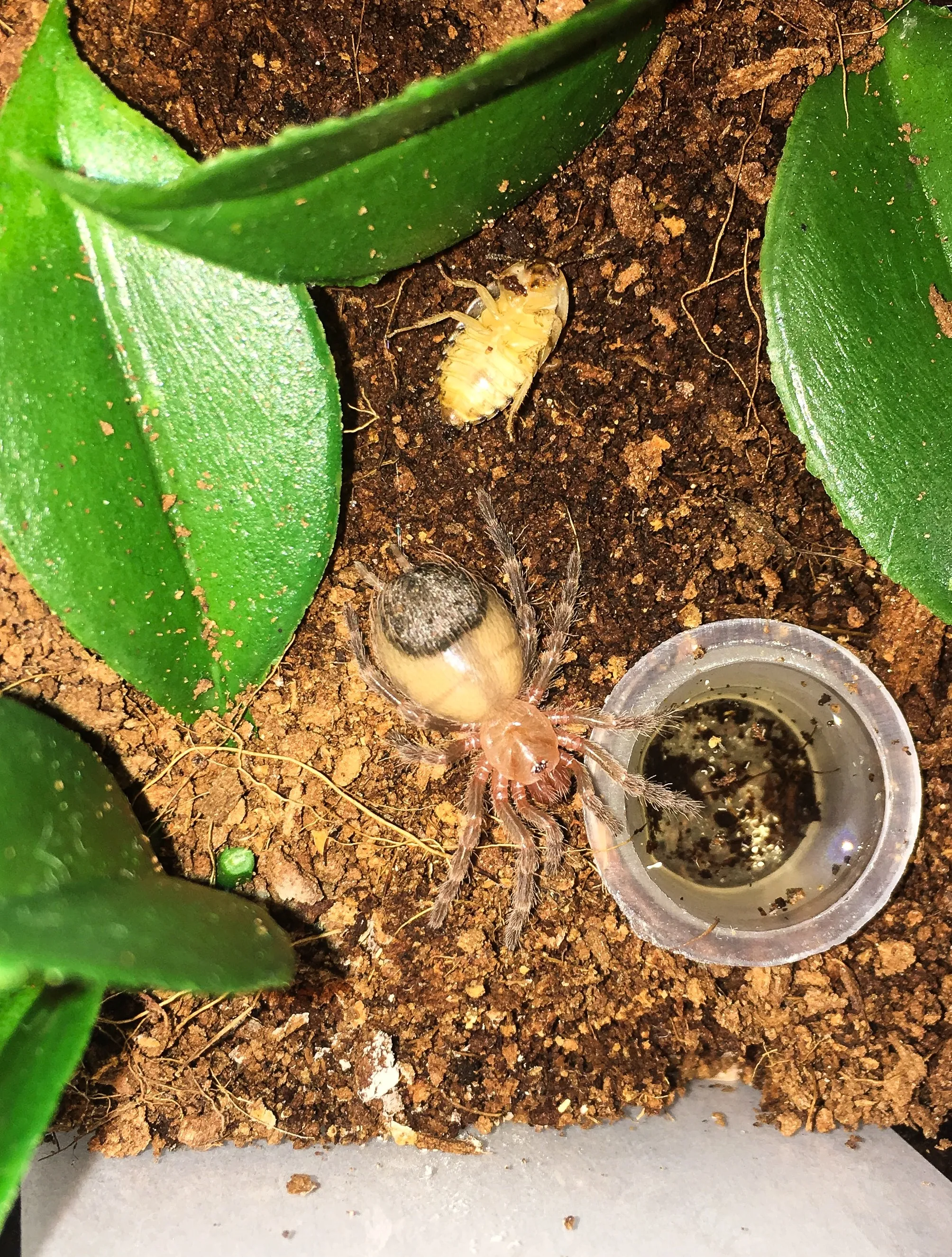
The substrate should be deep enough for the tarantula to burrow. A mixture of coconut fiber, peat moss, and a small amount of vermiculite is ideal. The substrate should be kept slightly moist to maintain humidity levels. Provide a hide, such as a cork bark or a hollow log, for the tarantula to retreat to. This provides a sense of security and helps reduce stress. Add some decorations, such as artificial plants or branches, to give the enclosure a more natural look. These decorations can also provide climbing opportunities and enrich the tarantula’s environment. Ensure the decorations are non-toxic and securely placed to prevent accidental injury to the spider. Regularly check the substrate for mold or mildew and replace it as needed.
Temperature and Humidity
Maintain a temperature between 75-85°F (24-29°C) using a heat lamp or a heat mat. Avoid placing the heat source directly under the enclosure to prevent overheating. The humidity level should be kept between 65-75%. You can monitor the humidity using a hygrometer. Mist the enclosure with water regularly, but avoid saturating the substrate. Good ventilation is essential to prevent the buildup of stagnant air and the growth of mold. Ensure proper airflow by providing ventilation holes in the enclosure. Adjust the temperature and humidity based on the tarantula’s behavior and the environmental conditions. Providing the right temperature and humidity is crucial for the tarantula’s health and molting process.
Feeding and Diet
Proper nutrition is essential for the growth and development of your geniculata tarantula. Understanding their dietary needs and feeding habits is crucial for providing a healthy life. Tarantulas are opportunistic predators and will eat a variety of insects. Providing a balanced diet and avoiding overfeeding are important for preventing health problems. The size and type of prey should be appropriate for the tarantula’s size. A healthy diet contributes to a stronger immune system and a longer lifespan. Regular monitoring of the spider’s feeding habits can help you identify potential health issues.
What to Feed Your Geniculata
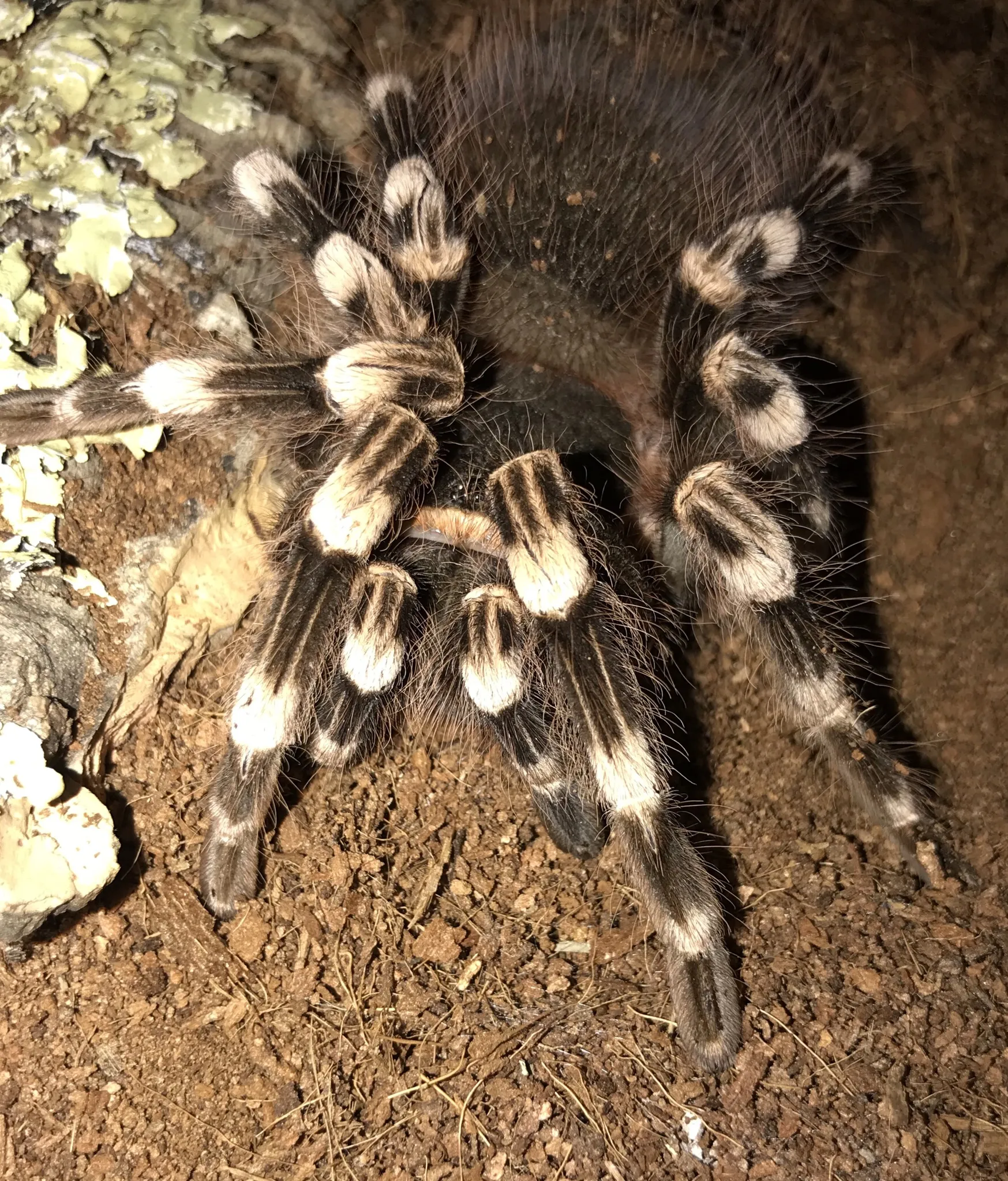
The primary food source for geniculata tarantulas is insects. Crickets, mealworms, and roaches are all suitable options. The insects should be gut-loaded before feeding them to your tarantula. This means providing the insects with a nutritious diet, so they pass those nutrients on to your spider. Avoid feeding wild-caught insects, as they may contain parasites or pesticides. The size of the prey should be appropriate for the tarantula’s size. The prey should be no larger than the tarantula’s body. Remove any uneaten insects from the enclosure to prevent them from stressing the tarantula or causing harm. Variety in the diet is beneficial, so offer a mix of different insects. Always ensure the insects are fresh and healthy before feeding them to your pet.
Feeding Frequency
The feeding frequency depends on the tarantula’s age and size. Spiderlings should be fed every 2-3 days. Juvenile tarantulas can be fed every 3-5 days. Adult tarantulas can be fed once or twice a week. Adjust the feeding frequency based on the tarantula’s appetite and body condition. If the tarantula refuses food, it may be preparing to molt or be stressed. Remove any uneaten food within 24 hours. Overfeeding can lead to health problems, so it’s important to feed them appropriately. Observe the tarantula’s abdomen. If it’s overly plump, reduce the amount of food. A healthy tarantula will have a slightly rounded abdomen after feeding.
Watering and Hydration
Provide a shallow water dish with fresh water at all times. The water dish should be easily accessible and shallow enough to prevent drowning. Use a sponge or gravel in the water dish to prevent the tarantula from falling in. Regularly change the water to keep it clean. Mist the enclosure lightly to maintain humidity. Geniculata tarantulas get most of their hydration from food and the moisture in their environment, but access to fresh water is essential. Ensure the water dish is always clean and free from debris. Provide enough water for the spider to drink as needed, especially during molting periods. Always monitor the water level and refill as necessary to avoid dehydration.
Handling and Safety
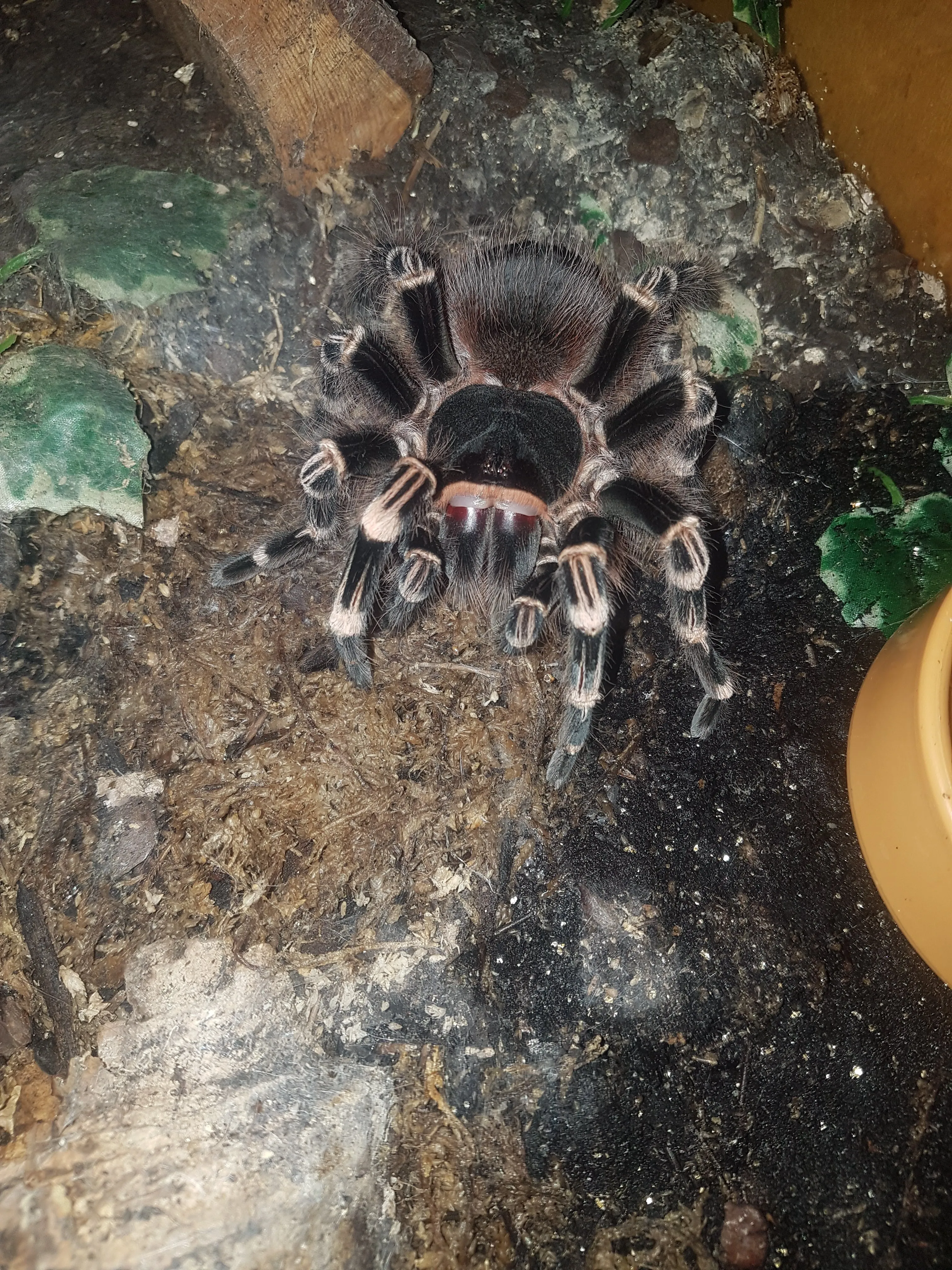
While geniculata tarantulas are generally docile, it’s important to handle them with care and follow safe practices. Tarantula bites are not typically life-threatening to humans, but they can be painful. The urticating hairs can also cause skin irritation. Always approach handling with caution and respect for the animal. Avoid handling the tarantula if it appears stressed or agitated. Understanding the risks and following safety precautions is key to a positive experience for both you and your tarantula. Handling should be minimized, as it can cause stress for the spider. Always wash your hands before and after handling your tarantula.
Safe Handling Practices
Handle your tarantula close to the ground or over a soft surface to minimize the risk of injury if it falls. Always supervise children when they are near a tarantula. Avoid sudden movements or loud noises that could startle the tarantula. Never force the tarantula to move if it doesn’t want to. Allow the tarantula to move onto your hand on its own. If you need to move the tarantula, gently coax it onto your hand using a soft brush or a piece of paper. Avoid handling the tarantula immediately after it has eaten or before it molts. Wear gloves if you are concerned about the urticating hairs. Always be gentle and patient when handling your tarantula. Avoid touching the tarantula’s fangs. Handle the tarantula with respect, recognizing its potential for defensive behaviors.
Recognizing Stress Signals
Learn to recognize signs of stress in your tarantula. A stressed tarantula may flick urticating hairs, raise its front legs in a defensive posture, or retreat to its hide. Avoid handling the tarantula if it shows signs of stress. A tarantula that is not eating may also be stressed or preparing to molt. If the tarantula is consistently hiding and not moving, it could be stressed or ill. Provide a secure environment, appropriate temperature, and humidity to minimize stress. Reduce any potential stressors in the environment, such as loud noises or excessive handling. Make sure that the enclosure is set up appropriately and that the tarantula has access to water. If you are concerned about your tarantula’s behavior, consult with a veterinarian or experienced tarantula keeper.
Common Health Issues
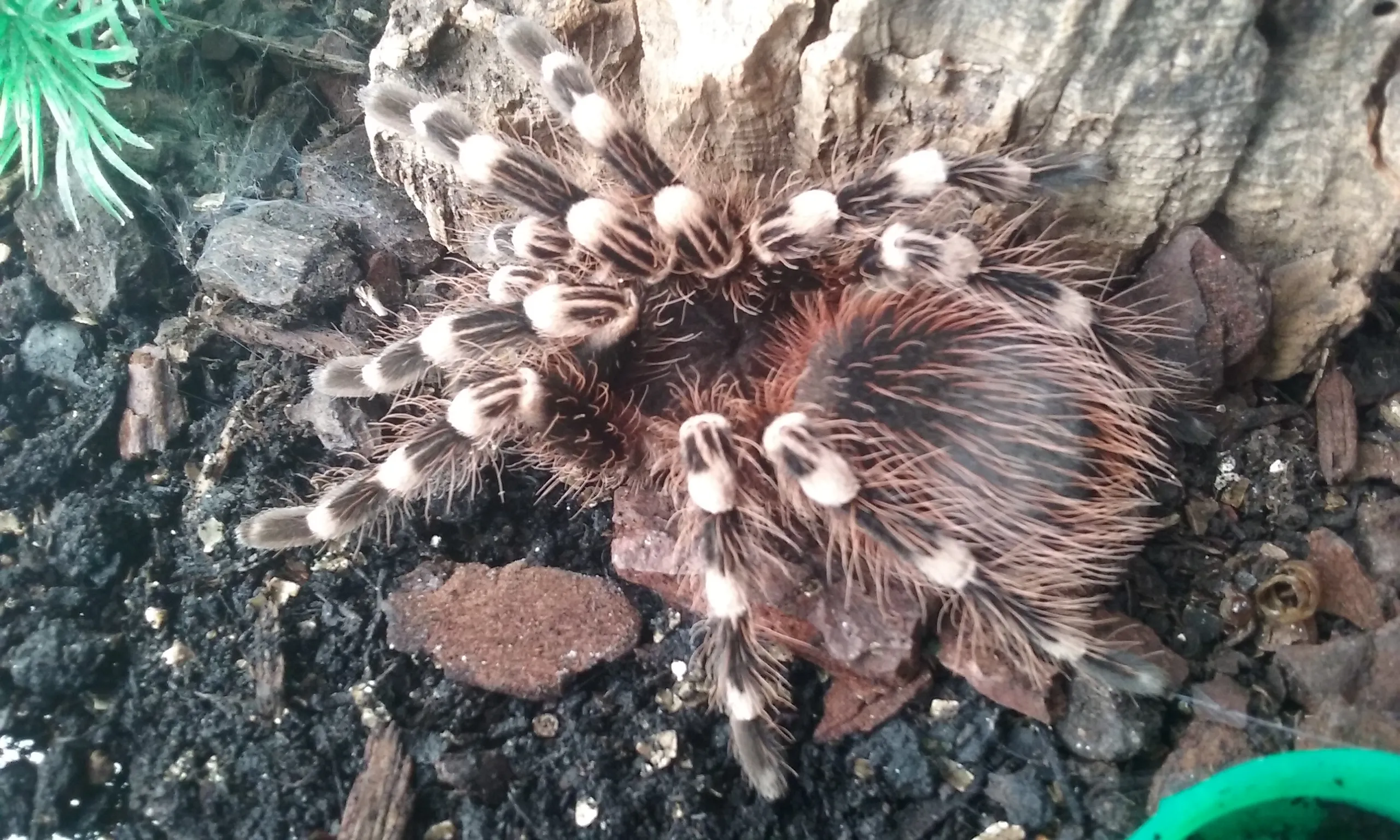
Like any pet, geniculata tarantulas can experience health problems. Understanding the most common issues and how to prevent them is essential for maintaining a healthy spider. Proper care, including a balanced diet, a suitable environment, and stress reduction, can help prevent many health problems. Regularly monitoring your tarantula’s condition and seeking veterinary advice when needed are also essential. Identifying and addressing health issues early can improve the chances of a successful recovery. Be familiar with the signs of illness in order to provide the best possible care.
Molting
Molting is a natural process where the tarantula sheds its exoskeleton to grow. Before molting, the tarantula may stop eating and become less active. The tarantula will often lie on its back during the molting process. Provide a humid environment and avoid disturbing the tarantula during molting. Do not feed the tarantula for several days after molting, as its fangs and body need time to harden. Molting is a vulnerable time for the tarantula, so it is crucial to avoid any unnecessary stress. The frequency of molting decreases as the tarantula matures. Proper care and a stress-free environment are crucial for successful molting. After molting, the tarantula will often be more vibrant in color.
Parasites and Diseases
Geniculata tarantulas are generally hardy but can be susceptible to certain parasites and diseases. Mites are a common parasite that can infest tarantulas. Symptoms include small, moving specks on the tarantula’s body. Prevent mites by keeping the enclosure clean and removing uneaten food. Fungal infections can occur in humid environments. Ensure proper ventilation and avoid over-misting. If you notice any signs of illness, consult with a veterinarian experienced in exotic pets. Provide a clean and hygienic environment. Avoid the introduction of new tarantulas without quarantining them. Quarantine new tarantulas for a period of time to ensure they do not have parasites or diseases.
Lifespan and Breeding
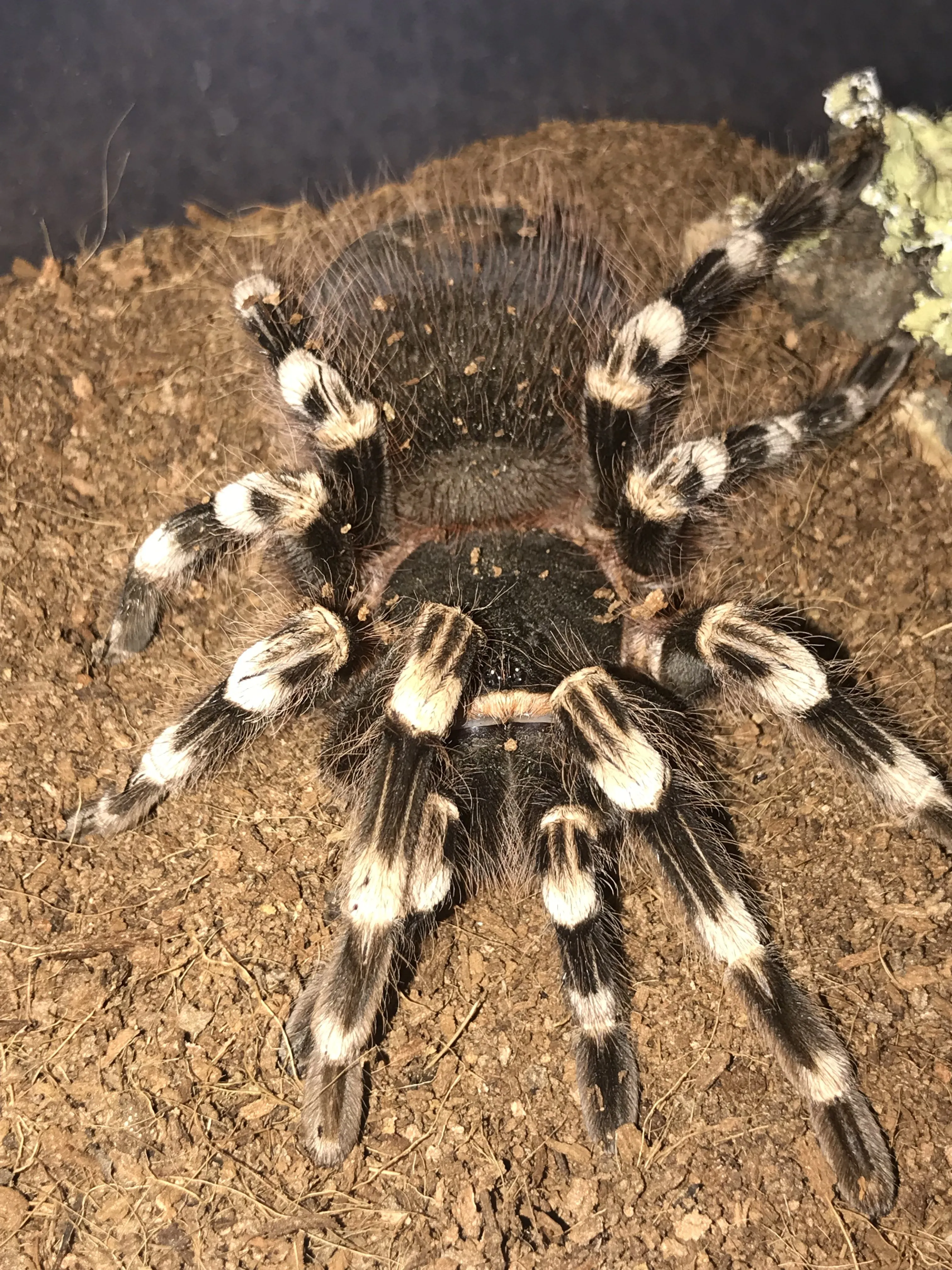
Understanding the lifespan and breeding habits of geniculata tarantulas provides valuable insight into their long-term care. Knowing what to expect in terms of growth, maturity, and potential breeding behaviors can enhance your experience as a tarantula keeper. Proper care and a suitable environment can contribute to a longer lifespan for your tarantula. Breeding geniculata tarantulas is possible, but it requires specialized knowledge and care. Understanding the complexities of breeding is important before attempting to breed this species.
Lifespan Expectations
Female geniculata tarantulas can live for up to 12-15 years or even longer. Male tarantulas typically have a shorter lifespan, living for around 3-5 years. The lifespan can vary depending on the care provided and the individual tarantula’s health. Provide a stress-free environment, a balanced diet, and proper care to maximize the lifespan of your tarantula. The lifespan of your tarantula is greatly influenced by environmental factors and the quality of care you provide. Providing appropriate conditions and a stress-free habitat is key to a long life for your pet. Keep in mind that males often die soon after mating. Regular health checks will help to detect and treat potential issues and improve your tarantula’s overall health.
